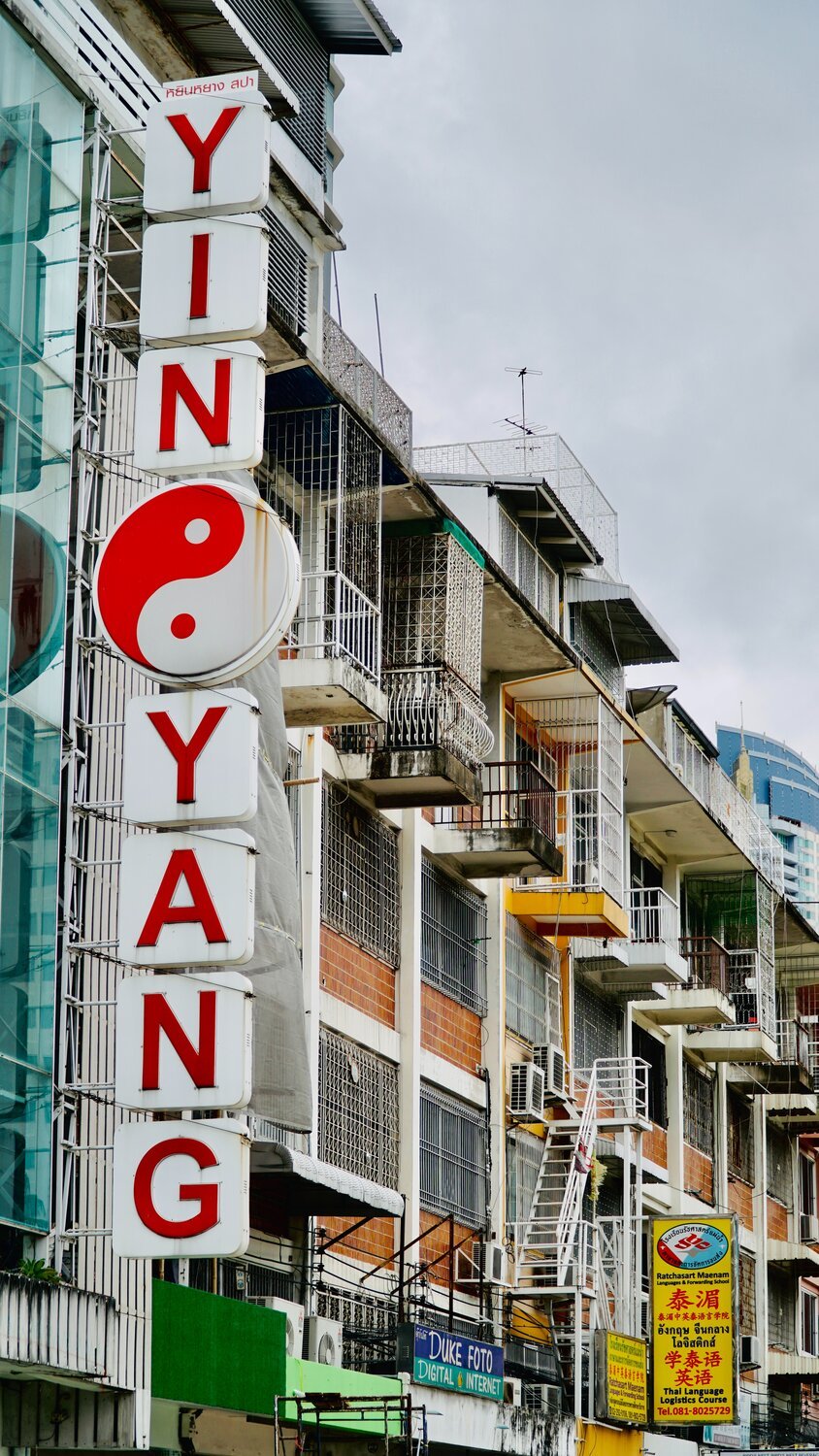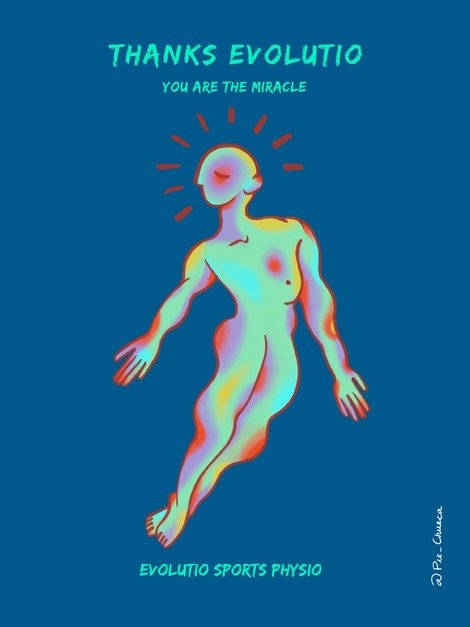Acupuncture vs Dry Needling, what is the difference?
Dry Needling vs Acupuncture
To understand the difference between Acupuncture and Dry Needling, we need to have a basic idea of the philosophy or ideology behind Acupuncture compared to Western Allied Health practices. While the intention behind the application of needling might be towards resolving the same ailment, the approach comes from a different understanding of the body and, therefore, reasoning for why imbalances occur, whether it be injury, illness, etc., and what needs to be given attention to, to address the causation.
Dry Needling vs Acupuncture: Acupuncture and dry needling are therapeutic techniques that involve inserting thin needles into the skin for pain relief and other health benefits. Still, they have distinct differences in their principles, origins, and applications. Acupuncture is an ancient Chinese medical practice rooted in traditional Chinese medicine (TCM). It is based on balancing energy, or Qi (pronounced chee) flows through specific pathways or meridians in the body. Acupuncturists insert needles at specific points along these meridians to restore the balance of Qi and alleviate various health conditions, including pain, stress, and digestive issues. Acupuncture is often used holistically, addressing the symptoms and underlying imbalances in the body's energy flow.
On the other hand, dry needling is a modern therapeutic technique rooted in Western medicine and anatomy. It is often performed by physical therapists, chiropractors, or medical doctors and focuses primarily on treating musculoskeletal pain and dysfunction. In dry needling, needles are inserted into trigger points or tight bands in muscles, tendons, or ligaments to release tension and promote relaxation. Unlike acupuncture, dry needling does not follow the principles of traditional Chinese medicine and does not target specific meridians or energy pathways. Instead, it targets localised areas of pain and muscle tightness, making it a more targeted approach for managing musculoskeletal conditions.
We were fortunate enough recently to have Guilia Chiro from Quiescence Acupuncture & Apothecary provide insight into the art of Chinese Medicine and help us write this.
Dry Needling vs Acupuncture what are the similarities
Dry Needling has become a famous treatment tool therapists have used in the last decade and is the same as those used for Acupuncture. They are made of a fragile yet solid metal. The term ‘Dry’ Needle means that the needle is inserted into points of myofascial tension (trigger points) without lubrication. These are typically areas within the muscle belly that feel tight and are also painful when pressure is applied over them. Depending on the injury, it is also safe and effective to dry needle other soft tissue structures: Ligaments, tendons, fat pads, etc., surrounding joints, such as in the knee.
While Dry Needling is very much focused on musculoskeletal pathologies and pain, we know through pain science research that the expression of pain is governed by the brain or central nervous system. Dry Needling also systemically targets the body, meaning it can further relieve pain by calming the nervous system.
Therapists might use the following techniques to help relieve muscular pain and stiffness, increase flexibility and joint range, restore muscular activation, and optimise overall function.
- Trigger point technique: The needle is applied directly into the muscle belly where there is most pain and tension.
- Non-trigger point technique: Needling can also be effective around the painful area as it redirects pain by taking pressure away from that area. This technique focuses more on relaxing the nervous system, which softens pain intensity.
- Pistoning or sparrow pecking: The needle doesn’t stay in the body but is continuously moved in and out of a located trigger point. This is a less common method, and more research is needed to determine the effectiveness of this.
The length of time needles will remain in the body varies between practitioners and depends on the injury, how familiar you are with them, and how well you tolerate and respond to them. Because Dry Needling influences the nervous system, some common side effects that are good to be aware of include a lingering dull ache in the area, mild bruising or bleeding, sweating, drowsiness, and fatigue. In some cases, people may become dizzy or faint – it is therefore reasonable to know in advance whether you have a phobia of needles or have responded adversely to hands. In this case, dry needling might not be appropriate for you.
Do I need Acupuncture or Dry Needling?
In summary, acupuncture is an ancient Chinese medicine practice based on balancing energy flow along meridians in the body. At the same time, dry needling is a modern Western technique focused on relieving musculoskeletal pain and tension by targeting specific muscle and soft tissue trigger points.
The most informative way to understand the difference between the two modalities and what works best for you is by trying either or both approaches and reflecting on any changes you notice. So, use yourself as a case study. If you’re unsure, I highly recommend experiencing both firsthand and seeing what style you connect with. You will be exposed to two very different approaches & provided with two distinctive explanations and strategies to implement – you might find they complement each other nicely.
What is Acupuncture?
Acupuncture is a treatment technique using wonderful needles applied to specific anatomical points called acupoints in the body. Acupoints lie along all meridian pathways (channels). Accessing these restores Qi: Life Force Energy. This approach alleviates many symptoms at their root cause, including.
- Pain and pain conditions (fibromyalgia, myofascial pain, pain post-surgery, injury, etc)
- Headache, migraine, tinnitus
- Asthma
- Menstrual issues
- Fertility difficulties
- Addiction
- Other issues relating to digestive, emotional, gynecological, neurological, musculoskeletal, and respiratory upset.
An example is the Large Intestine Meridian, which spans from the tip of the index finger up the arm into parts of the face and spreads to the lungs, diaphragm, and large intestine. A collection of points lies along this channel, including LI-14 (upper arm/deltoid muscle), LI-15 (shoulder and clavicle), LI-16 (scapula), etc.…
Stimulation of these Acupoints facilitates a change in the Central Nervous System. It indirectly helps to restore the balance of Yin and Yang by relieving issues relating to the properties of the Large Intestine that have become impacted, Perhaps shoulder/elbow pain (e.g. bursitis or tennis elbow), sinusitis, abdominal pain, asthma, or a combination of these and other symptoms.
Brief History of Physiotherapy & Chinese Medicine
Many schools of thought recognise that the whole body is somehow interconnected. And we know that issues in one area might stem from elsewhere in the body. Physiotherapists interpret this on a musculoskeletal level, meaning that specific points of tension in muscles, termed trigger points, can provide immense relief from pain and stiffness and help the body function better overall if released. This is a part of our reasoning for using Dry Needling on top of massage as a remedial management. I’ll go into more detail about Dry Needling further on.
On the other hand, Chinese Medicine Practitioners view the body as a map, in that a collection of seemingly unrelated symptoms, whether muscular, digestive, circulatory, reproductive, etc., fit a pattern that will link these issues together and explain where the root of the imbalance is. Often, through a thorough assessment and knowledge gained through deep discussion, tongue and pulse mapping, etc., a practitioner can relate these findings to one primary and potentially secondary energy system(s) or channels, known as meridian pathways. They might then use Acupuncture to focus healing on this multi-systems level.
What is Chinese Medicine?
Photo by David Gardiner
Acupuncture has roots in Ancient Eastern Medicine and harbours a lineage of knowledge that stems back more than 5,000 years. It is based on a meridional theory, meaning that there is a system of meridian channels that map out designated areas of the body, each corresponding with a specific organ, and through which energy, known as Qi (pronounced ‘chee’), freely runs through. If energy becomes stagnant or blocked, it can manifest as injury or illness in correlating regions in the body.
Have you heard of the terms ‘Yin’ and ‘Yang’ before? Without going into too much detail, the basic concept is that there are six channels: Three Yin and three Yang. Yin is characterised by receptiveness and earth, dark, and cold qualities. At the same time, Yang is ascribed to more creative energy and heaven, light, and heat rates. Both must co-exist to sustain balance in the body.
Chinese, or Oriental Medicine, also informs us that the body has different layers which trauma encroaches on in a particular order. First, from the most superficial, it interacts with the external world. It may or may not infringe on deeper layers after that. For example, Sinew is the first (most superficial) layer, including skin, muscle, ligament, tendon, and bone (musculoskeletal structures). Whenever the body experiences a ‘trauma’ of sorts, physically, mentally, or emotionally – the body absorbs and metabolises this in the Sinew layer initially and can present as poor sleep or digestive upset, as two of many examples, before it manifests deeper in the body – we won’t go into detail about these other layers however, there are six in total.
Chinese Medicine Therapists might also employ adjunct techniques to promote certain qualities.
1. Heat (Moxibustion): Provides heat to acupoints directly or otherwise through heating needles while in the body. This relieves cold or damp symptoms, as it facilitates circulating blood to the area. Compressed Mugwort leaves are a vessel for transitioning their therapeutic properties into the body, boosting energy, calming nerves, relieving pain, supporting digestion, and promoting regular hormonal balance.
2. Pressure (acupressure): Pressure over points without needling to relax muscles and improve blood flow. A common issue is just inside the thumb and is known to relieve headaches.
3. Friction: Or ‘gua sha’ (pronounced gwa shaw) scrapes the skin with a blunt implement. Strokes are directed away from the body’s centre to increase circulation to the region and rid the body of things like cold and flu, fever, headache, etc.
4. Suction (cupping): Round, glass domes placed over painful body areas, usually larger areas such as the back. This creates a vacuum for the tissues underneath, relieving pressure and helping restore the flow of Qi.
5. Impulse (electroacupuncture): When a person is healthy. They have a certain amount of Qi. Qi is an energy, and energy has a frequency. Therefore, there are times when the body can take Qi from external sources with a matching frequency. Controlled electromagnetic impulses are one way of attaching a small electrode to needles while remaining in the body for a while.





